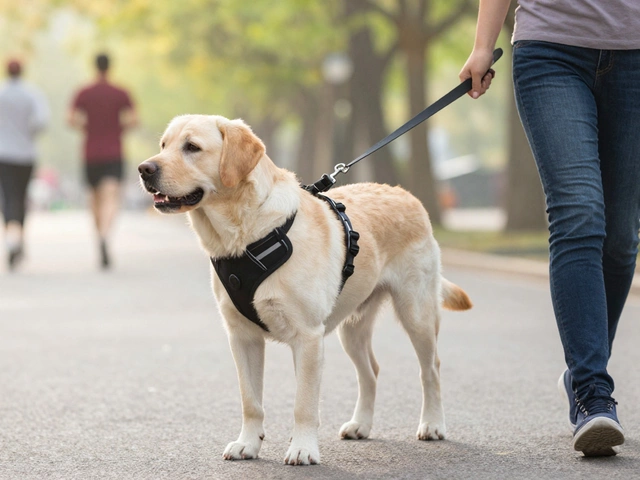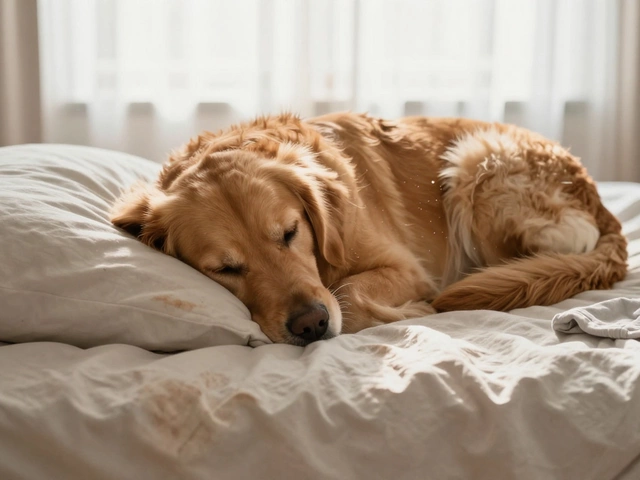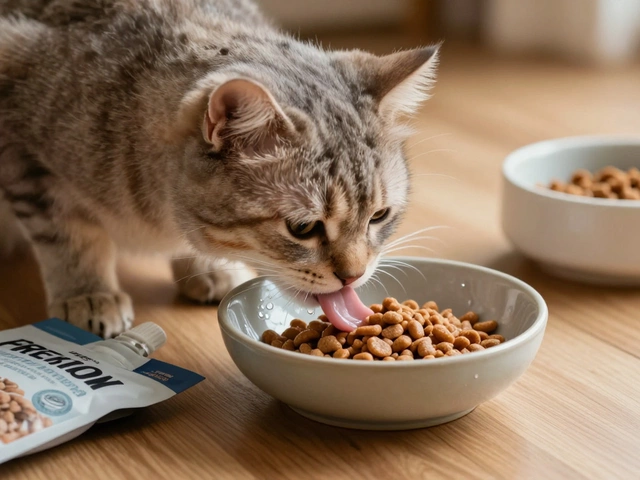Puppy Care Essentials: Simple Tips for New Dog Parents
Got a fluffy new addition and wondering where to start? You’re not alone. The first weeks are a whirlwind of cuteness, chaos, and questions. Below you’ll find the most useful, no‑fluff advice to keep your pup happy, safe, and on the right track.
Safe Chews and Teething Relief
Teething puppies turn everything into a chew toy – shoes, cords, couch legs. The key is to give them alternatives that won’t hurt their teeth or your valuables. Vets recommend rubber chew toys with a gentle texture, like KONG Classic or Nylabone Puppy Chew. They’re tough enough to survive a bite, yet soft enough for emerging gums.
Freeze a wet washcloth for a few minutes and hand it over. The cold eases soreness while the fabric satisfies the need to gnaw. If you prefer something edible, look for chew treats that list real meat as the first ingredient and avoid artificial colors. The best ones are low‑calorie, so they don’t tip your puppy’s diet over the line.
Never leave rawhide or tiny plastic pieces within reach. They can splinter or cause blockages. When in doubt, ask your vet which brands they trust – most will point you to a vetted list of safe chews.
Housebreaking and Basic Training
Housebreaking is the first big milestone. Start by establishing a routine: take your pup out first thing in the morning, after meals, after play, and before bedtime. A regular schedule helps them predict when a bathroom break is coming, reducing accidents.
Pick a signal word like “go potty” and use it consistently. When they finish outside, reward with a treat and enthusiastic praise. The instant gratification teaches the connection faster than a delayed reward.
If an accident happens indoors, clean the spot with an enzymatic cleaner. Regular cleaners leave a scent that can attract the puppy back to the same spot. Enzymes break down the odor completely, so the dog has no reminder.
Basic commands such as “sit,” “stay,” and “come” can be taught in short, five‑minute sessions. Keep training playful – use treats, a clicker, or a happy voice. Puppies have short attention spans, so end each session on a positive note.
Socialization is another part of training. Introduce your pup to different people, sounds, and surfaces while they’re still young. A well‑socialized dog grows into a confident adult and is less likely to develop fear‑based behaviors.
Remember, patience beats perfection. A slip‑up isn’t failure; it’s data that tells you what to adjust next.
With the right chews, a solid bathroom routine, and a sprinkle of basic commands, you’ll see your puppy grow from a frantic furball into a well‑behaved family member. Keep the advice simple, stay consistent, and enjoy every goofy moment along the way.

What No One Tells You About Getting a Puppy: Real Costs, Sleep, Training & a 30-Day Plan
The messy truth about getting a puppy: sleepless nights, hidden costs, training setbacks, and a realistic first-30-day plan. Clear, human advice for new owners.
read more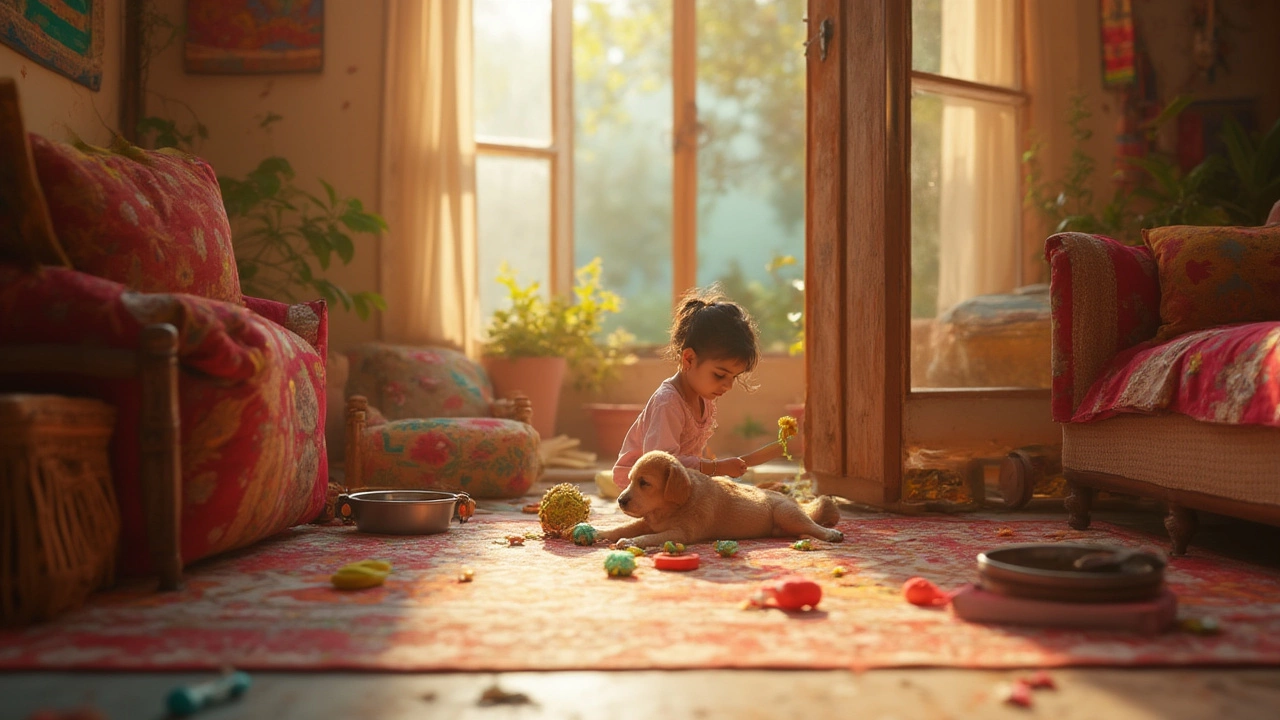
Surviving the First 48 Hours with a New Puppy: Essential Tips for a Smooth Start
New puppy at home? Here’s how to handle those chaotic first two days, from prepping your space to surviving sleepless nights and bonding with your pup.
read more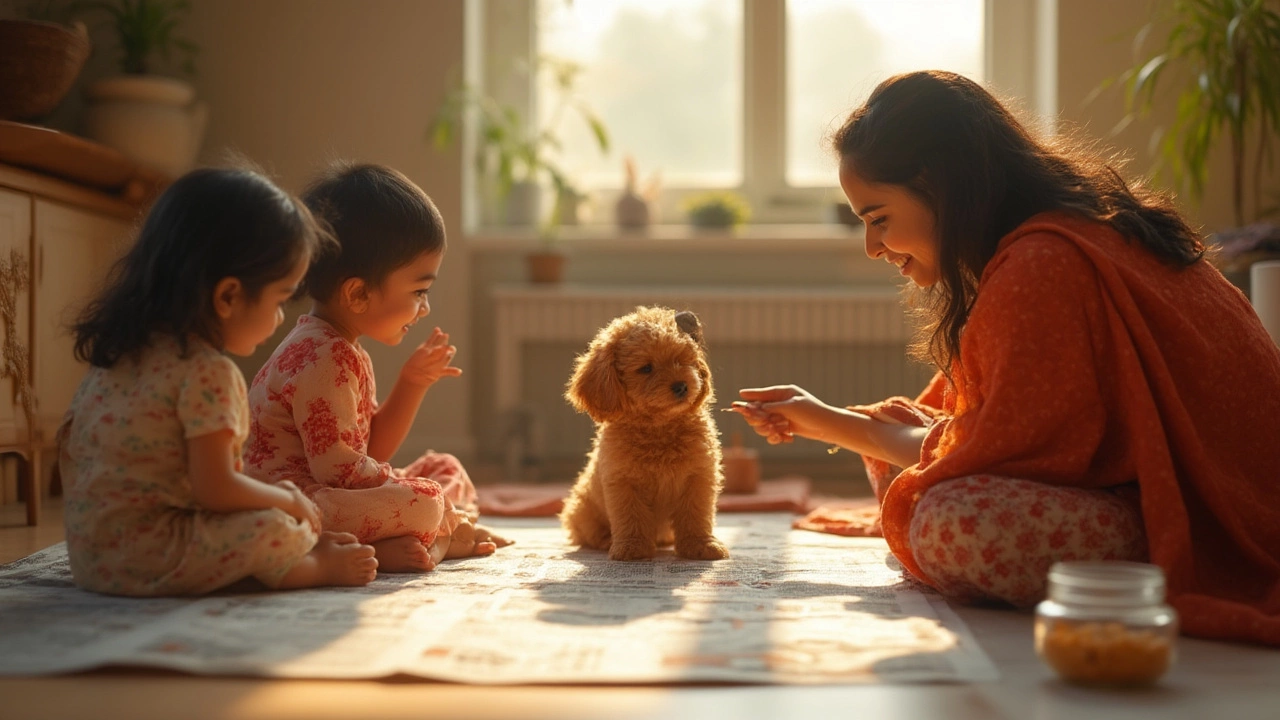
Housebreaking a Dog: Timelines, Tips, and Realistic Expectations
How long does it really take to housebreak a dog? Unpack the surprises, smooth out the wrinkles in training, and learn how to make potty training work for every dog.
read more
Best Routine for an 8 Week Old Puppy: Simple Steps & Top Toy Picks
Raising an 8 week old puppy is a wild ride, with the right routine making everything smoother. This guide breaks down the best daily schedule for a young pup, covering playtime, sleep, meals, and the perfect toys for their stage. Expect bite-sized tips, real-life advice, and must-know facts that make a genuine difference. Whether you’re a first-timer or it’s been a while, you’ll leave with an action plan that makes both you and your puppy happy. No fluff, just real-life help that works.
read more
Should Puppies Sleep in Total Darkness? Expert Tips for Puppy Bedtime
Are puppies better off sleeping in pitch darkness, or should you leave a light on? This article clears up what science and trainers say about lighting for puppy sleep. It covers how light affects your puppy's health, emotions, and sleep cycles. You'll get practical advice for creating a cozy bedtime environment. Plus, learn what to do if your pup seems restless at night.
read more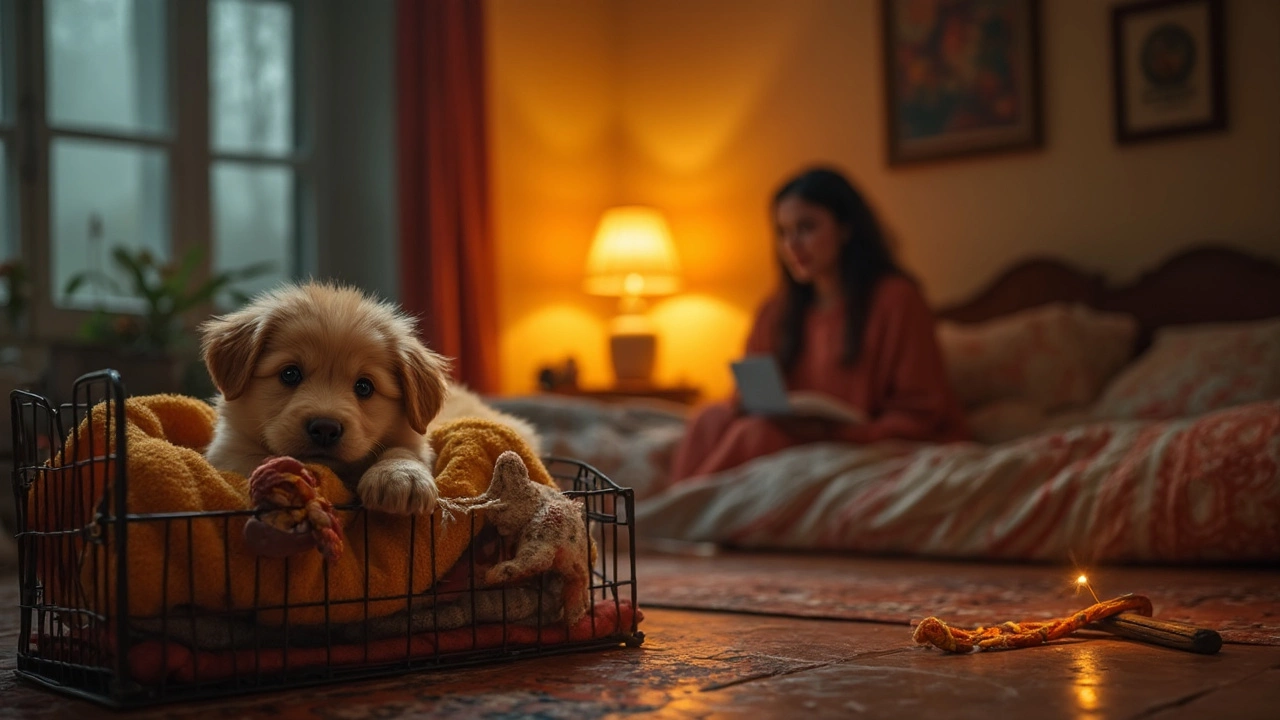
Where Should an Untrained Puppy Sleep? Real Answers for Restful Nights
Figuring out where your new, untrained puppy should sleep isn't just about comfort—it's the secret to less whining, fewer accidents, and smoother training. This article breaks down your real options, knocks out myths, and gives you smart tips to help your puppy (and you) get better sleep. You'll find concrete info on picking safe, cozy sleep spots and what setups actually work in real homes. Tackle common mistakes before they turn into habits. By the end, you'll know exactly how to help your puppy settle in safely and build good sleep routines from day one.
read more
Should You Cover Your Dog's Crate with a Blanket at Night?
Wondering if covering your dog's crate at night is a good idea? This article delves into the pros and cons of using a blanket over the crate. Learn how it can create a cozy den-like environment, helping your pup feel secure. Discover the signs to watch for if your dog might not like it and the safety tips to keep in mind.
read more
Do 8-Week-Old Puppies Need Toys? Essential Guide for New Dog Owners
Wondering if your 8-week-old puppy needs toys? Discover why toys are vital for their development and how they prevent boredom and destructive habits. Learn what types of toys are safe and stimulating for young puppies, fostering healthy growth and bonding. Equip yourself with practical tips on engaging your pup, ensuring they're happy, healthy, and well-adjusted.
read more
Should You Hold Your Puppy Like a Baby?
Wondering if you should hold your puppy the same way you would cradle a newborn? This article explores the ins and outs of puppy handling, especially when it comes to mimicking how you hold a baby. Dive into insights on whether it's safe, how it affects their development, and the benefits or drawbacks involved.
read more
Understanding the 10-Minute Rule for Puppy Playtime: Tips and Toy Choices
The 10-minute rule for puppies is an essential guideline for balancing their energy and rest during playtime. It suggests limiting intense activity to around 10 minutes to prevent overstimulation and injury. This approach helps maintain a puppy's physical and mental well-being as they grow. Making use of the right toys during this brief but crucial period enriches their experience. Learn some expert tips and recommendations for making the most of this guideline to ensure your puppy stays healthy and happy.
read more
